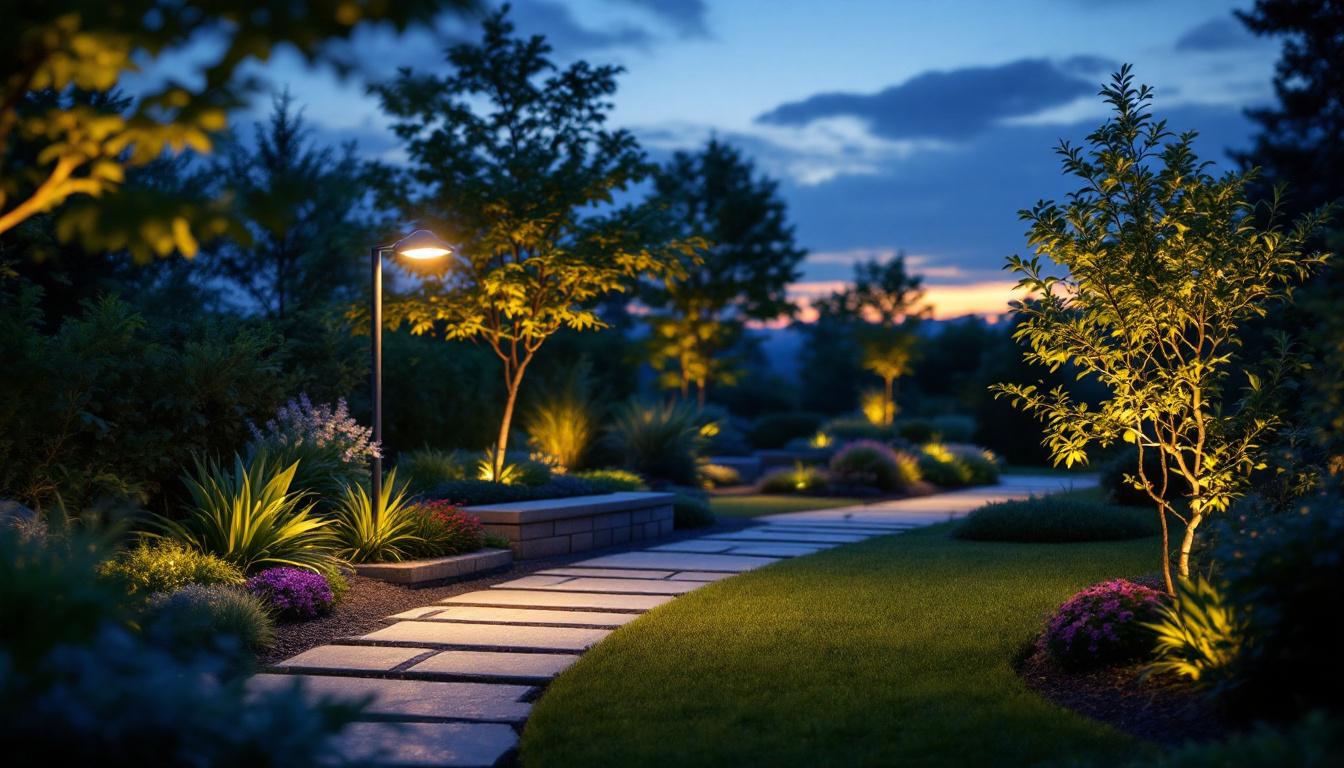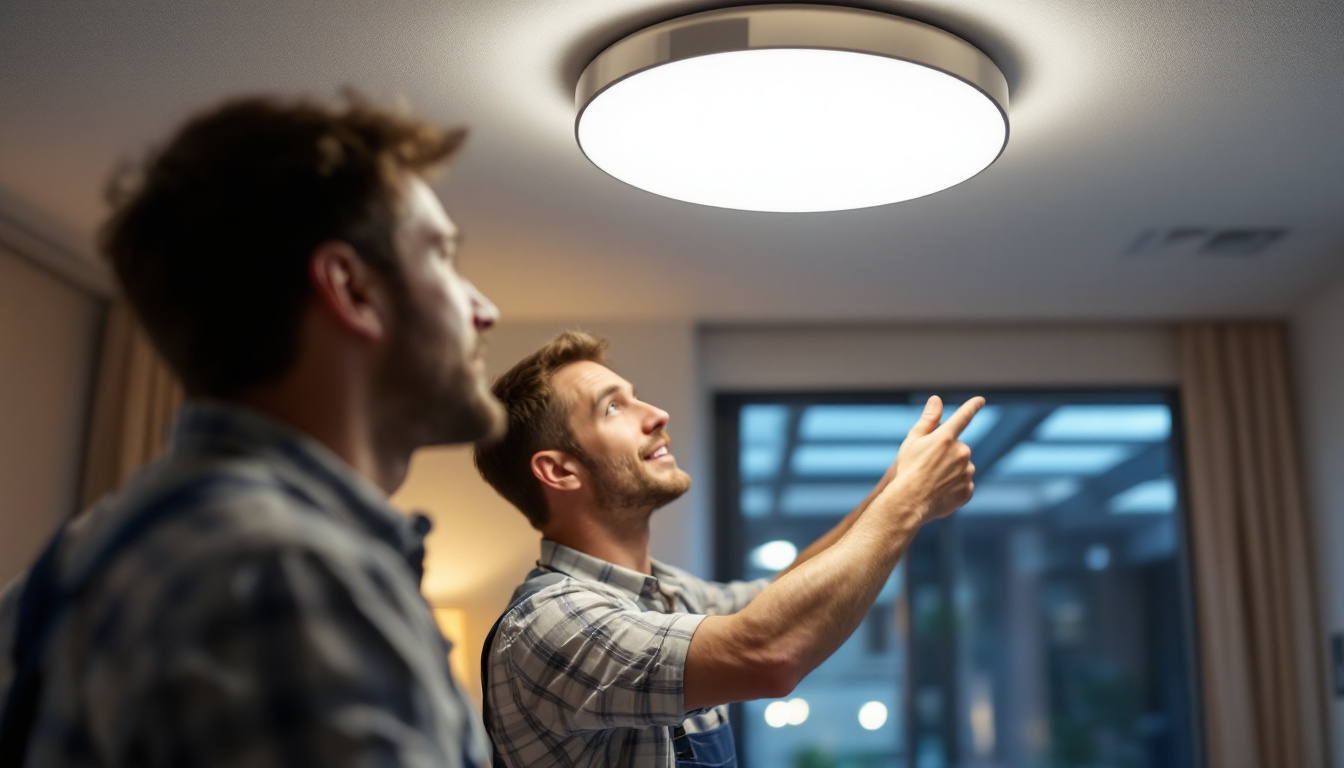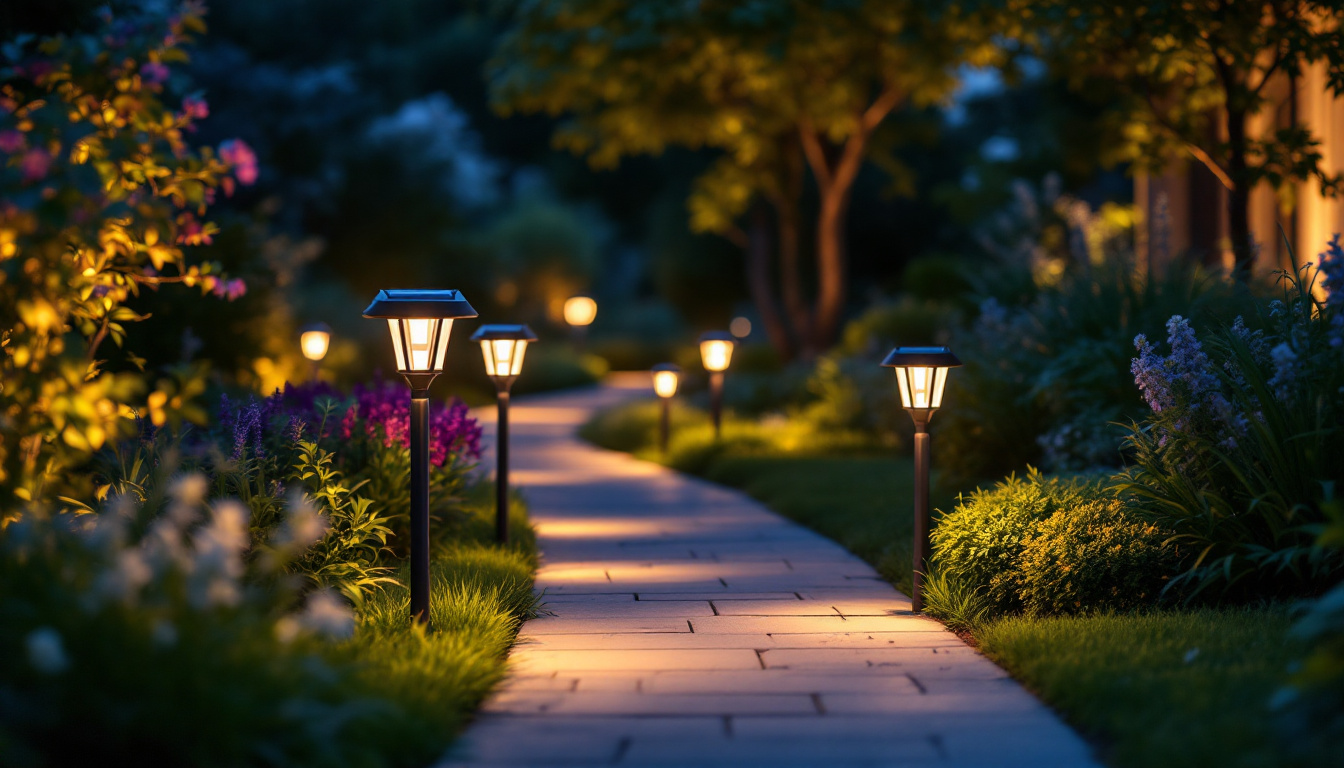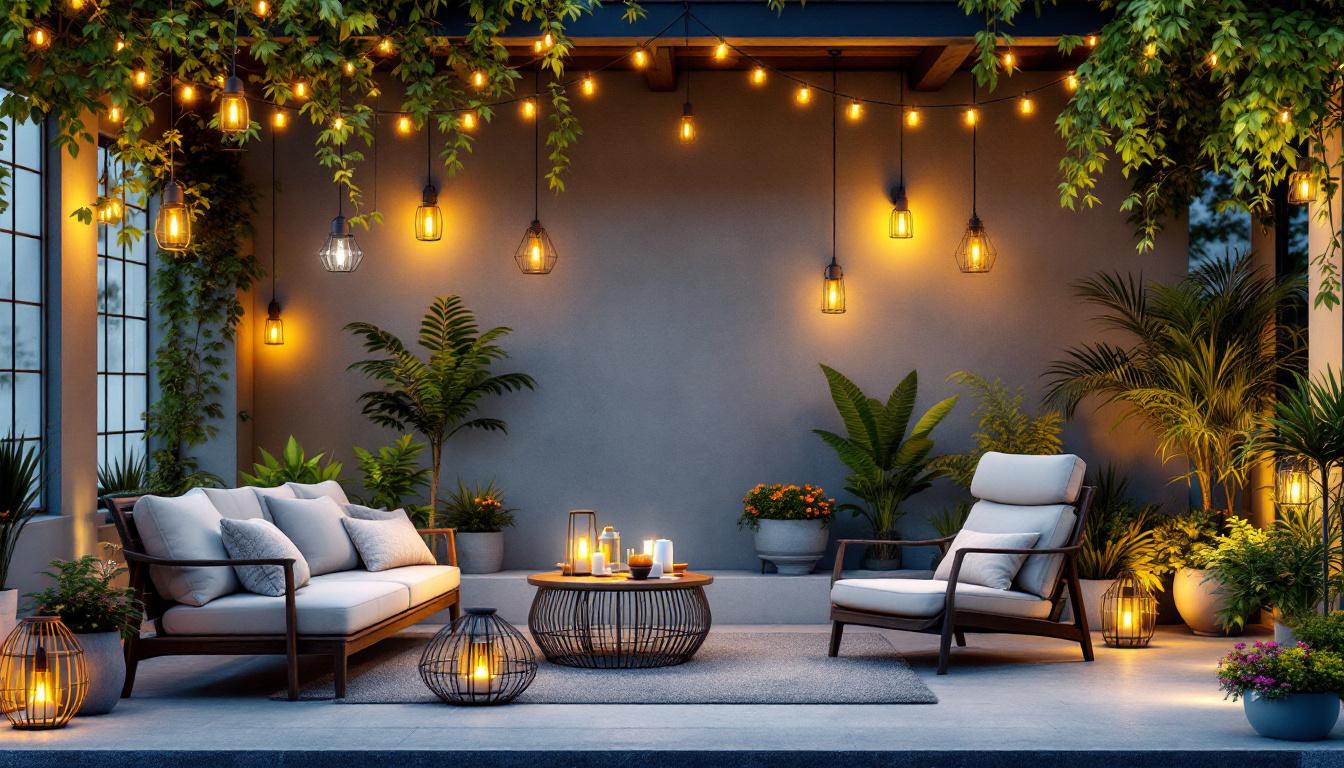
Lighting plays a crucial role in enhancing the aesthetic appeal and functionality of outdoor spaces. For lighting contractors, understanding the intricacies of landscaping flood lights is essential for delivering quality installations that meet client expectations. This article addresses common questions that arise in the context of landscaping flood lights, providing insights that can help contractors make informed decisions.
Landscaping flood lights are powerful outdoor lighting fixtures designed to illuminate large areas, such as gardens, pathways, and architectural features. Unlike standard outdoor lights, flood lights provide a broad beam of light, making them ideal for highlighting specific areas or creating a safe environment during nighttime. The versatility of these lights allows them to be strategically placed to enhance the beauty of a landscape while ensuring visibility and security.
These lights come in various styles, sizes, and technologies, including LED, halogen, and incandescent options. The choice of flood light can significantly influence the overall ambiance and functionality of a landscape, making it essential for contractors to understand their characteristics and applications. For instance, LED flood lights not only save on energy costs but also offer a range of color options that can transform an outdoor space into a vibrant atmosphere, perfect for gatherings or quiet evenings under the stars.
There are several types of landscaping flood lights available, each with unique features and benefits. LED flood lights are increasingly popular due to their energy efficiency and long lifespan. Halogen lights, on the other hand, provide a warm glow and are often used for aesthetic purposes. Incandescent lights, while less common now, still find their place in some traditional setups. Each type of flood light can create different moods; for example, a warm halogen light can evoke a cozy, inviting feel, while a bright LED light can create a more modern and vibrant atmosphere.
Contractors should consider the specific needs of their clients when selecting the type of flood light. Factors such as brightness, color temperature, and energy consumption should be taken into account to ensure the best fit for the landscape design. Additionally, the placement of these lights is crucial; strategically positioning flood lights can not only enhance the beauty of trees, shrubs, and water features but also deter unwanted visitors by illuminating dark corners and pathways. Understanding the layout of the landscape and the desired effects can lead to a well-lit outdoor space that is both functional and visually appealing.
Selecting the appropriate flood light involves several considerations. First and foremost, the purpose of the lighting must be clear. Is it meant to enhance security, highlight landscaping features, or create an inviting atmosphere? Understanding the primary goal will guide the selection process.
Brightness is measured in lumens, and it is crucial to choose a flood light that provides adequate illumination for the intended area. A higher lumen output is necessary for larger spaces or areas requiring enhanced visibility. Additionally, the beam angle plays a significant role in how the light is distributed. A wider beam angle is suitable for general illumination, while a narrow beam can highlight specific features. For instance, if you’re illuminating a parking lot, a flood light with a wide beam angle will ensure even coverage, reducing dark spots that could pose security risks. Conversely, if you’re aiming to showcase a beautiful tree or sculpture in your garden, a narrow beam can create a dramatic effect, drawing attention to the details of the feature.
Energy efficiency is another critical factor. LED flood lights are known for their low energy consumption compared to halogen and incandescent options. This not only reduces electricity bills but also minimizes the frequency of bulb replacements, making them a cost-effective choice in the long run. Furthermore, many LED flood lights come with additional features such as motion sensors and timers, allowing for even greater energy savings by ensuring that lights are only on when needed. The lifespan of LED lights can extend up to 25,000 hours or more, significantly outlasting traditional bulbs, which typically last around 1,000 hours. This durability means less hassle and fewer interruptions for maintenance, making them an ideal choice for both residential and commercial applications.
When selecting flood lights, it’s essential to consider the environmental conditions they will face. Flood lights designed for outdoor use should have a high IP (Ingress Protection) rating, indicating their resistance to dust and moisture. For instance, an IP65 rating ensures that the light is completely dust-tight and can withstand water projected from a nozzle, making it suitable for rainy or snowy climates. Additionally, materials such as aluminum or high-quality plastics can enhance durability, ensuring that the lights can endure harsh weather conditions without corroding or deteriorating. This is particularly important for installations in coastal areas where saltwater can cause significant wear and tear. Investing in weather-resistant flood lights not only ensures longevity but also maintains consistent performance throughout the seasons.
Proper installation of flood lights is essential for achieving optimal performance and safety. Contractors should adhere to best practices to ensure that the lights function effectively and meet local regulations.
The placement of flood lights can significantly impact their effectiveness. Ideally, they should be positioned to avoid glare while providing adequate coverage. Mounting the lights at an appropriate height is also crucial; too low can cause excessive glare, while too high may not provide sufficient illumination.
Consideration should also be given to the surrounding landscape. Trees, shrubs, and other obstacles can obstruct light, so it’s important to plan the layout accordingly to maximize visibility.
When installing flood lights, safety should always be a priority. Contractors must ensure that all wiring is done according to local electrical codes and standards. Using weatherproof fixtures and components is essential to prevent damage from moisture and environmental conditions.
Additionally, employing proper grounding techniques will help reduce the risk of electrical shock, ensuring that the installation is safe for both contractors and clients.
One of the most common challenges with flood lights is light pollution, which can disrupt the natural environment and affect neighboring properties. Contractors should be mindful of the light’s direction and intensity to minimize glare and ensure that the illumination does not intrude on adjacent areas.
Using fixtures with shields or directional lighting can help control the spread of light and reduce the impact on the surrounding environment.
Regular maintenance is essential for ensuring the longevity and performance of flood lights. Contractors should advise clients on the importance of keeping fixtures clean and free from debris, as dirt and grime can diminish light output.
Additionally, periodic checks of wiring and connections can help identify potential issues before they escalate, ensuring that the lighting system remains functional throughout its lifespan.
When used effectively, flood lights can significantly enhance the overall design and functionality of outdoor spaces. They not only provide safety and security but also create a visually appealing environment that can be enjoyed at night.
Flood lights are excellent for accentuating key features in a landscape, such as trees, sculptures, or water features. By strategically placing lights to illuminate these focal points, contractors can create a dramatic effect that transforms the space after dark.
Using different colors and intensities can further enhance the visual appeal, allowing for creative expression in landscape design.
In addition to aesthetic benefits, flood lights play a vital role in improving safety and security. Well-lit pathways and entrances deter potential intruders and provide a sense of safety for residents and guests. Contractors should emphasize the importance of adequate lighting in high-traffic areas to ensure that clients feel secure in their outdoor spaces.
As technology continues to evolve, so do the trends in flood lighting. Staying informed about the latest advancements can help contractors offer cutting-edge solutions to their clients.
Smart lighting technology is becoming increasingly popular in outdoor applications. These systems allow for remote control and automation, enabling users to adjust brightness levels, set schedules, and even change colors through smartphone apps or voice commands.
Integrating smart technology into flood lighting can enhance user experience and provide added convenience, making it an attractive option for many clients.
Another trend gaining traction is the use of solar-powered flood lights. These fixtures harness solar energy, making them an environmentally friendly choice. They are particularly appealing for clients looking to reduce their carbon footprint and lower energy costs.
While solar-powered options may have limitations in terms of brightness and runtime, advancements in solar technology are continually improving their performance, making them a viable option for various applications.
In a competitive market, lighting contractors must continually seek ways to differentiate themselves and provide exceptional service. Here are some strategies to consider.
Investing in ongoing education and training can help contractors stay updated on the latest technologies, trends, and best practices in flood lighting. Attending workshops, seminars, and industry conferences can provide valuable insights and networking opportunities.
By staying informed, contractors can offer clients the most current solutions and demonstrate their expertise in the field.
Establishing strong relationships with clients is essential for long-term success. Contractors should prioritize clear communication and transparency throughout the project lifecycle. Understanding clients’ needs and preferences will enable contractors to tailor their services and exceed expectations.
Additionally, providing excellent post-installation support can foster loyalty and encourage referrals, further enhancing a contractor’s reputation in the market.
Landscaping flood lights are a vital component of outdoor lighting design, offering both functional and aesthetic benefits. By addressing common questions and challenges, lighting contractors can enhance their knowledge and skills, ultimately leading to more successful projects.
As the industry continues to evolve, staying informed about the latest trends and technologies will be crucial for contractors looking to remain competitive. By prioritizing quality installations, safety, and client satisfaction, contractors can ensure that their flood lighting projects shine brightly for years to come.
Ready to elevate your landscaping flood light installations with the best in the business? Look no further than LumenWholesale, where we offer an extensive selection of top-quality, spec-grade lighting products at unbeatable wholesale prices. Say goodbye to local distributor markups and hello to superior lighting that meets the highest industry standards. With LumenWholesale, you’ll enjoy the convenience of bulk buying with free shipping, ensuring your projects shine without the burden of hidden fees. Don’t compromise on quality or value. Visit us at Wholesale Lighting at the Best Value and experience the perfect blend of quality, affordability, and convenience today.

Discover essential insights into LED ceiling lights that every lighting contractor should know.

Discover the hidden aspects of solar path lights that even seasoned lighting contractors might miss.

Discover essential insights and tips for lighting contractors in this comprehensive guide.

Discover the latest trends in lantern hanging lights that every lighting contractor needs to know.